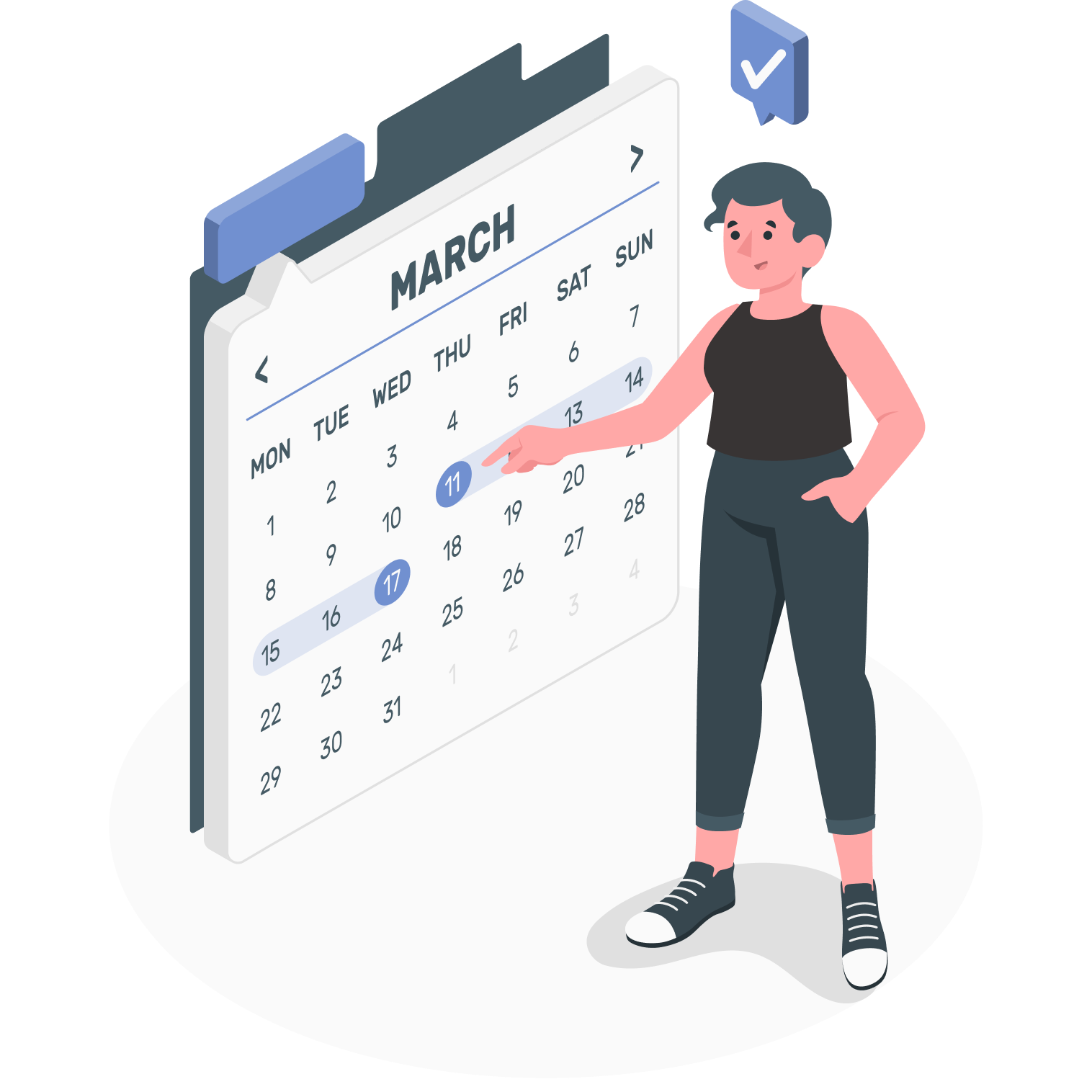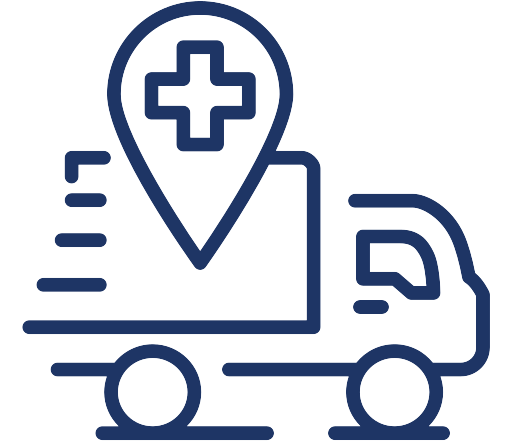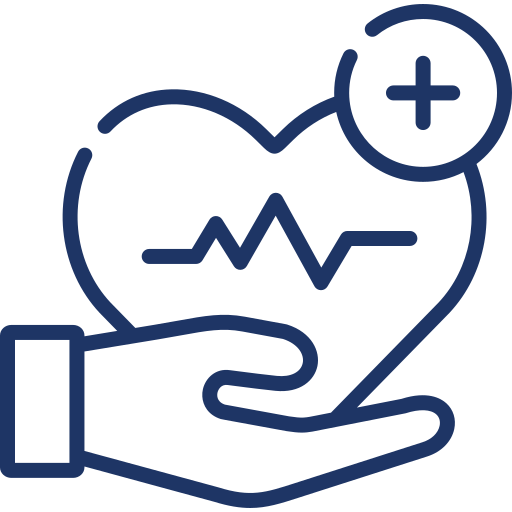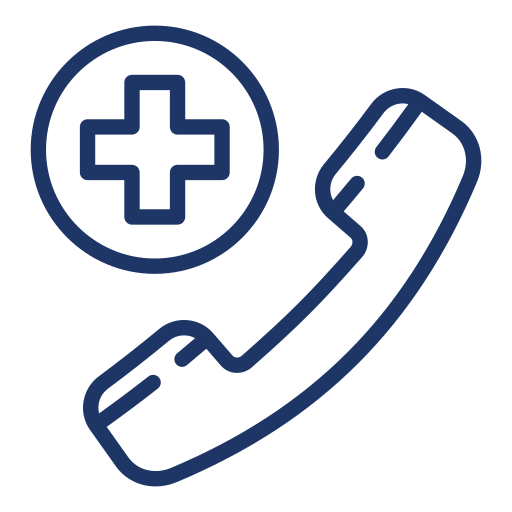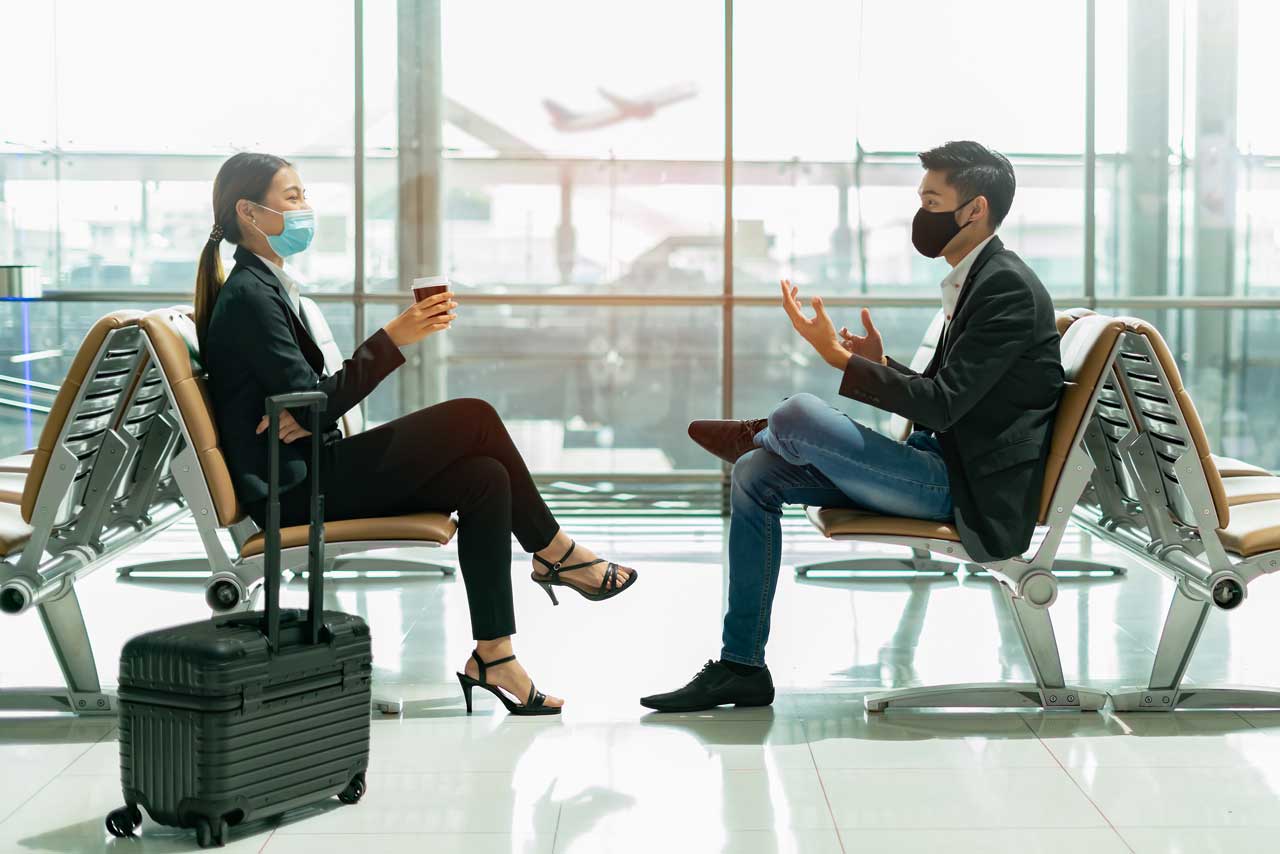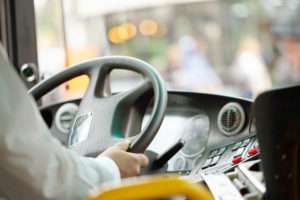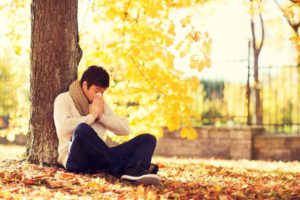Traveling has been restricted for over a year now due to the Coronavirus pandemic. As other countries are easing up on mandates, more and more people are eager to travel, be it for business or pleasure. Some are planning to get back to their home countries after getting locked down in the USA.
However, when new variants of the COVID-19 virus were discovered in the UK, South Africa, and Brazil, among others, the restrictions were modified. You can gain access to country-specific information and frequently asked questions from the US Centers for Disease Control Prevention (CDC) travel advisory and health notices page. Simply choose your chosen destination from the drop-down menu and click go.
Testing and International Air Travel Restrictions
As of January 26, 2021, all air passengers from 2 years old up must present proof that they have tested negative for COVID-19 before entering the United States. This policy applies to all US citizens, legal permanent residents, as well as foreign visitors traveling to the country. The announcement was from the CDC and was underscored by an executive order from President Joe Bide.
The test should be done no more than 3 days before the planned departure and the results should be presented to the airline before boarding the flight. For those who were infected with the virus, documents showing proof of recovery should be presented. So, be prepared to show a recent positive test result and a clearance letter from a healthcare provider or public health officer stating that you are allowed to travel.
Interstate Travel Restrictions in the US
In the United States alone, the number of COVID-19 cases has alarmingly gone over the 29 million mark. While some states have maintained travel restrictions and quarantine policies, more and more states are loosening their borders for travelers.
The CDC still strongly recommends skipping non-essential travel since the numbers are still high. However, if you really need to travel, make sure to check the restrictions for each state. Some still have mask mandates but others already did away with the face mask policy.
What’s confusing is that some municipalities do not follow the statewide regulations. Even if the state says that people no longer need to cover their noses and mouths, some local areas still require it. So, make sure to research well prior to traveling.
Some states also require additional documentation. The New York Department of Health, for example, requires visitors to fill up a Traveler Health Form upon entry. This form will help monitor the influx of visitors and make contact tracing faster and easier.
As per quarantine policies, some states no longer require visitors to quarantine before they could roam the area. However, critical infrastructure workers may be required to self-quarantine.
Must-Do List for Travelers
There are times when travel is necessary. During these times, it is important for people to practice strict health and safety protocols to avoid acquiring the virus or spreading it to others. Here is a list of crucial things to keep in mind to protect yourself and the people around you:
- Get fully vaccinated before traveling, if you are eligible for a vaccine. You can plan to travel out of the country two weeks after getting your second dose to make sure your body has built up enough immunity.
- Get tested 24 hours to 72 hours before your scheduled departure. The best option for this is a rapid antigen test since it generates results in just 15 minutes. When you get a negative COVID-19 test result, make sure to keep a copy, be it in paper or electronic, even while traveling.
- If you are a COVID-19 survivor, obtain proof of your recovery from COVID-19 from your healthcare provider.
- Travel restrictions vary in all countries. Do your research and find updated information about the country you plan to visit. You may check out the CDC website or the tourism and public health website of your destination.
- Always wear a face mask while traveling, whether you are in public places, like stations or the airport, or inside planes, trains, buses, or any other forms of public transportation to prevent the spread of COVID-19.
- Practice social distancing at all times, both in indoor and outdoor settings. Maintain a distance of at least 6 feet or 2 meters from anyone who is not traveling with you.
- Wash your hands with soap and water whenever possible. If you have no access to water, bring with you a travel-sized bottle of hand sanitizer or alcohol.
- Keep your hands off of your eyes, nose, and mouth, especially when you are in public places where contact with contaminated surfaces is more likely.
- Bring additional bottles of hand sanitizer and face masks with you, in case you lose what you already have in your bag.
- It is not allowed to travel with someone who is infected with Coronavirus especially if you are traveling via a public vehicle. You should stay home if you tested positive or if you recently got exposed to someone who tested positive for COVID-19.

